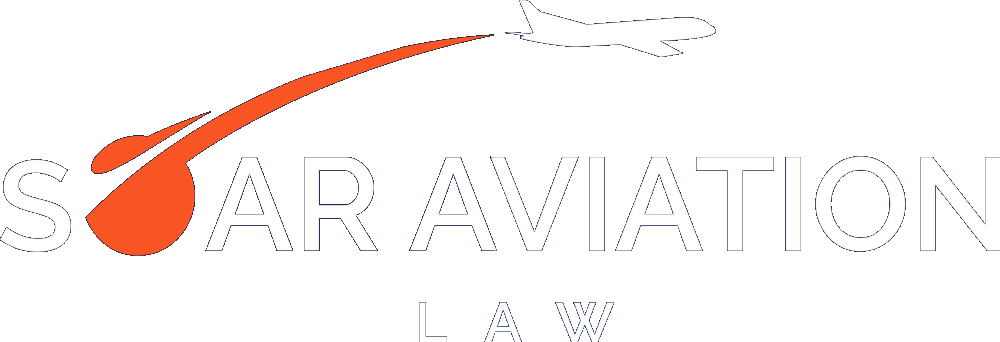Since March of 2020, and the onset of the pandemic, our industry has been extraordinarily busy. For the past three-and-a-half years those of us with careers in private aviation have worked tremendously hard fulfilling the needs of our clients. I recall thinking in December 2020 how I was going to get through the month due to the volume of transactions with end of year close dates. I was not alone. During that time, every aircraft lender, broker, and escrow agent I was working with felt overwhelmed.
Now, fourteen quarters later, the pressures we faced in December 2020 are the new norm. Another 4th quarter has come around and we will all, again, be extremely busy. Yet it does not seem as overwhelming this time around because it has become our new normal. Additionally, I have changed my mindset, and instead of having the 4th quarter blues, I am embracing this year and focusing on how lucky I am to work in private aviation.
This mindset change has been slow in coming. However, as I laid awake at 3:00 AM on November 13 thinking of all of the items I needed to accomplish the next day, my mind wandered to the amazing experience I had the week before at Corporate Jet Investor in Miami. At CJI, 450 people gathered to learn from industry experts who shared their wisdom. The conference attendees could interact informally, and it was in those moments, that I started to reflect how amazing my journey in private aviation has been.
Simply put, I love what I do. Working with clients to give them comfort to execute their plans in private aviation brings me tremendous joy. Further, to work in an environment with so many people that I consider not only colleagues, but true friends is an honor and privilege. Having spent 25 years in the industry, I am fortunate that when I attend events like CJI, NBAA, and NAFA to name a few, I am able to reunite with many of these friends.
So, while I joke (but not really) that I will be in my office non-stop until December 29, 2023, this year I am doing it with a smile on my face. I know that 4th quarter does not last forever and that the boom we have seen over the past few years may also not last forever. But, most importantly, I know that there is no work I would rather be doing. I still love guiding my clients to the right private aviation solution for them. I enjoy writing contracts for the newest idea in private aviation and I honestly am thrilled every time a transaction closes.
As we approach Thanksgiving, I am incredibly thankful to have made a career in private aviation and made so many friends along the way. Thank you to each of you who have trusted me as your attorney, worked on a transaction with me, or sent me referrals over the years. I am truly grateful for the work and the friendships.
